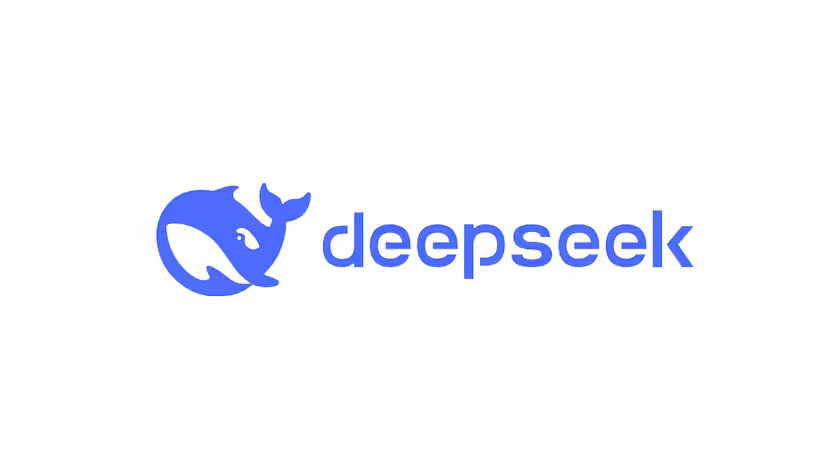DeepSeek's R1: How a Small Chinese Lab is Reshaping the AI Landscape

In a stunning development that's sending shockwaves through the AI industry, a relatively unknown Chinese lab called DeepSeek has achieved what many thought impossible: creating an AI model that not only competes with but potentially surpasses offerings from tech giants like Google, Microsoft, and OpenAI. What makes this story particularly fascinating isn't just the technical achievement it's how it challenges everything we thought we knew about AI development.
The David vs Goliath Moment
While Western tech giants have been pouring billions into AI development, with armies of highly paid specialists and cutting edge infrastructure, DeepSeek has demonstrated that breakthrough innovation doesn't necessarily require massive resources. Their latest model, DeepSeek-R1, emerged from a team primarily composed of graduates from Chinese universities like Beijing, Tsinghua, and Peking, working under the leadership of Lang Gang Wang Fang, who remarkably still maintains his day job in investment computing.
Technical Brilliance Meets Open Science
What sets DeepSeek apart isn't just their technical achievement it's their approach to sharing knowledge. In an era where AI companies jealously guard their breakthroughs, DeepSeek has made their work open source and transparent. The Financial Times notably described this as making them a "dangerous competitor" precisely because they're "willing to share their breakthroughs rather than protect them for commercial gains." This approach harkens back to the early days of the internet, where innovation was driven by curiosity and the desire to advance human knowledge rather than profit.
The Technical Achievement
DeepSeek-R1's capabilities are remarkable:
- Outperforms Western models in both Chinese and English parameters
- Excels at mathematical computations
- Demonstrates superior capabilities in visual illustrations for scientific questions
- Shows impressive results across multiple benchmarks
Perhaps most importantly, they're working on distilling the model making it compact enough to run on personal devices and potentially integrate with robotics applications.
Industry Impact and Implications
This development comes at a particularly interesting time:
- The US just announced a $ 500 billion investment in AI
- Western tech companies are seeing potentially vulnerable stock valuations
- The industry is grappling with questions about the necessity of massive investments in AI development
As one tech executive noted in a panic: "Engineers are moving frantically to dissect DeepSeek and copy anything and everything we can from it." This response underscores how this development is forcing a reevaluation of established approaches to AI development.
A New Model for Innovation
DeepSeek's success challenges several assumptions about AI development:
- That breakthrough innovations require massive funding
- That protecting intellectual property is necessary for advancement
- That the best talent must be gathered from around the globe
- That commercial incentives drive the best results
Looking Forward
The implications of DeepSeek's breakthrough extend beyond technical achievement. It suggests a possible shift in the global AI landscape, where innovation might come from unexpected places and through unexpected means. Their open-source approach, focused on advancement rather than profit, might inspire a new generation of AI researchers and companies.
The contrast is stark- while some nations focus on restricting chip sales and protecting commercial interests, DeepSeek has chosen to make their breakthrough a "profound gift to the world," as noted by Mark Andreessen. This approach might well prove to be the more powerful strategy for advancing AI technology.
As we watch this story unfold, one thing is clear: DeepSeek has shown that the future of AI might not belong to those with the biggest budgets, but to those with the most innovative approaches and the willingness to share their discoveries for the greater good.
Conclusion
DeepSeek's achievement reminds us that true innovation often comes from unexpected places and through unexpected means. As the AI industry grapples with this new reality, we might be witnessing not just a technical breakthrough, but a fundamental shift in how we think about technological advancement and innovation in the 21st century.
The story of DeepSeek-R1 isn't just about artificial intelligence it's about human ingenuity, the power of open collaboration, and the reminder that sometimes the most valuable contributions to human knowledge come from those who are more interested in advancing understanding than in advancing profits.
